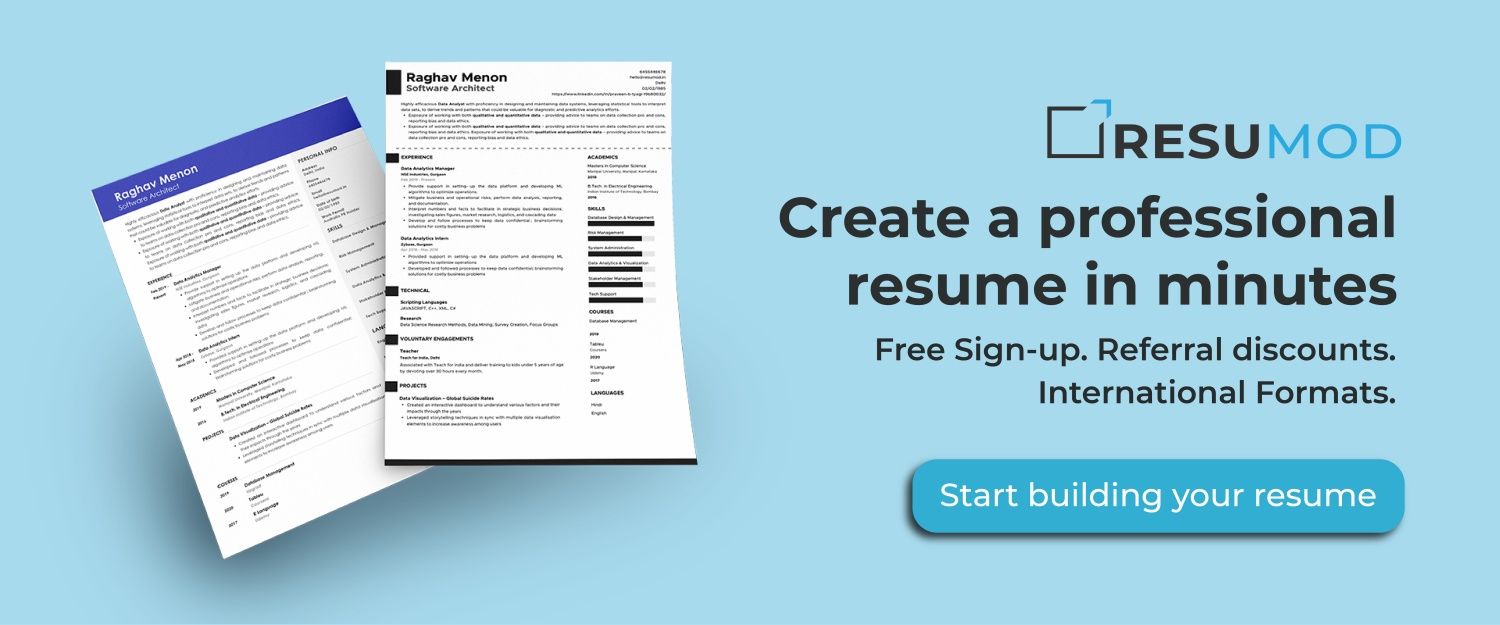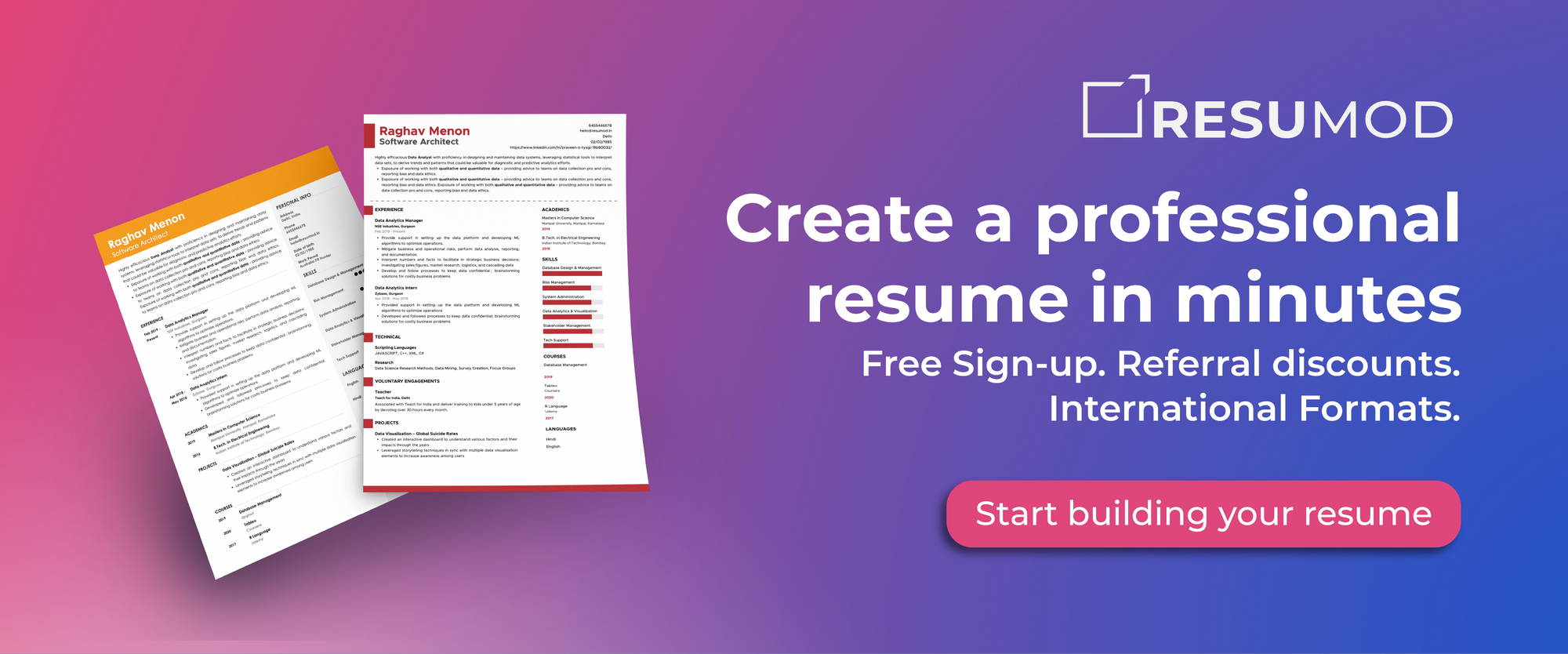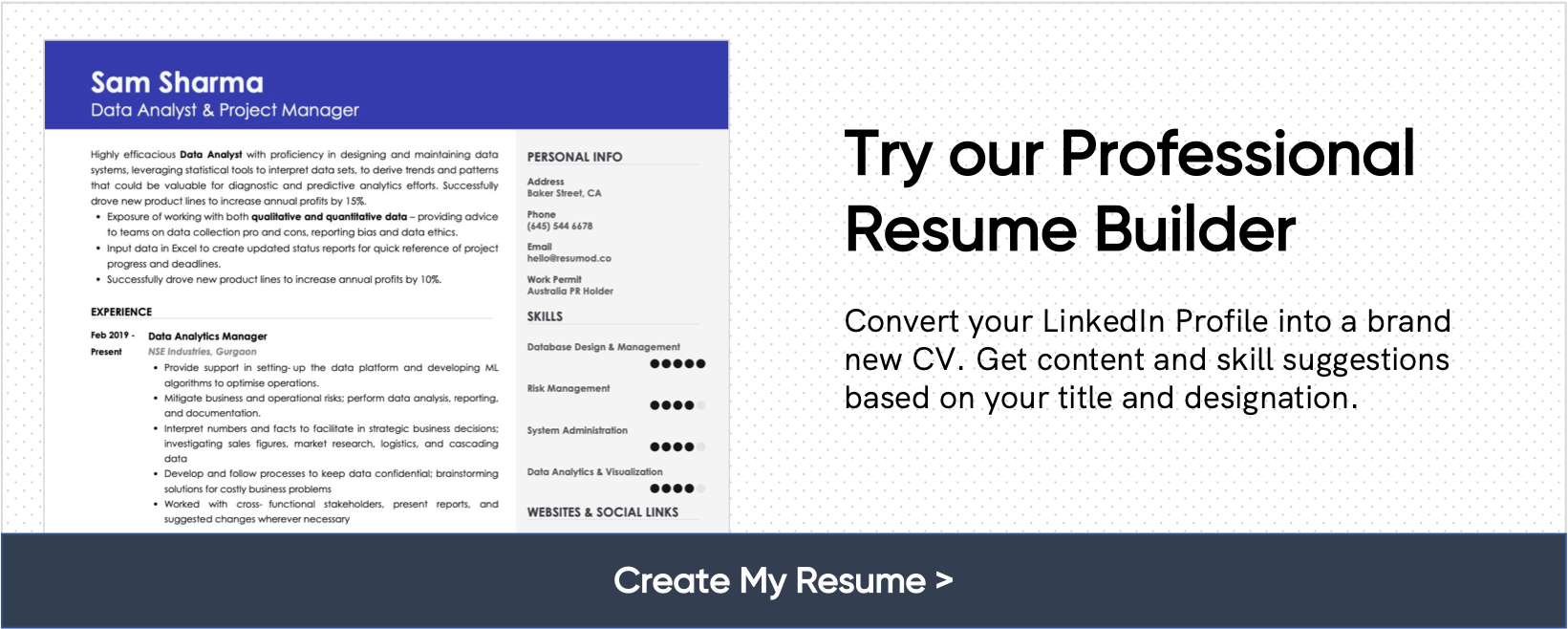How to List Multiple Roles at One Company on Your Resume
Holding multiple roles at one company is a valuable experience that can show potential employers your adaptability, growth, and loyalty. However, the challenge lies in how to effectively present these various roles on your resume without making it look cluttered or repetitive.
When you’ve spent a significant amount of time working for the same company, your career is likely to have evolved within that organization, whether through promotions, lateral moves, or shifts to different departments. Holding multiple roles at one company is a valuable experience that can show potential employers your adaptability, growth, and loyalty. However, the challenge lies in how to effectively present these various roles on your resume without making it look cluttered or repetitive.
Let’s dive into some strategies on how to list multiple roles at one company in a way that showcases your career progression and the diverse skills you’ve acquired over time.
Why It's Important to List Multiple Roles Correctly
Before we jump into the mechanics, it’s essential to understand why properly listing multiple roles at one company is important. For starters, job titles are often scanned by applicant tracking systems (ATS) and recruiters alike. If you’ve worked in different roles, it can give a snapshot of your career progression, showing how you’ve evolved within the company.
Listing multiple roles under one company also signals stability. If you’ve stayed with an employer for an extended period, it’s worth emphasizing, as it demonstrates commitment, which can be a big plus in today’s often job-hopping culture. But to make the most of this experience, you need to structure it effectively.
Strategy 1: Group the Roles Under One Company
One of the simplest and most effective ways to list multiple roles is to group them under the same company header. This approach is especially useful when the roles are related or show a logical progression, like moving from an entry-level position to a management role.
Here’s an example of how to format it:
XYZ Corporation, New York, NY
Communications Manager (2020 – Present)
- Developed and executed communication strategies that increased engagement by 30%.
- Managed a team of five and collaborated with cross-functional departments to streamline internal communications.
Public Relations Specialist (2017 – 2020)
- Crafted press releases and media content that led to coverage in top-tier publications.
- Maintained relationships with key media contacts and secured 25 press mentions in 2019.
In this structure, you use the company name as a header and list the roles chronologically underneath, including the dates you held each position. This format emphasizes that you’ve worked for the same organization while showing your career growth.
Strategy 2: Use Bullet Points to Distinguish Responsibilities
When listing multiple roles at one company, avoid the temptation to rehash the same responsibilities. Instead, focus on the unique aspects of each role. Think of each new role as an opportunity to showcase different skills and accomplishments. Use bullet points for each position to make the information easy to scan for both recruiters and ATS systems.
For example, if you moved from a specialist role to a managerial role, your new position will likely have leadership responsibilities, while your previous role might have focused on technical or specific skills. Distinguishing between the two roles shows both your depth and breadth of experience.
ABC Marketing, San Francisco, CA
Senior Marketing Manager (2019 – Present)
- Lead a team of eight marketing professionals, developing campaigns that increased brand awareness by 40%.
- Oversee budget management, strategic planning, and client communication for 10+ high-profile clients.
Marketing Associate (2016 – 2019)
- Supported the marketing department with content creation, email marketing, and analytics reporting.
- Collaborated on campaign execution, contributing to a 20% increase in customer engagement.
This approach is particularly effective because it shows a natural progression from supporting tasks to leadership and strategy without repeating the same points.
Strategy 3: Combine Similar Roles with a Summary
If you’ve held multiple roles that are very similar or in the same department, you can combine them into one entry with a summary of your time at the company. This technique works well if you want to avoid overloading your resume or if your career progression involved lateral moves rather than upward shifts.
Here’s an example of how you could structure it:
DEF Financial Services, Chicago, IL
Financial Analyst (2014 – 2020)
- Held various analyst roles, including Senior Analyst and Lead Analyst, contributing to financial planning and strategy across multiple departments.
- Implemented data analysis techniques that improved forecasting accuracy by 25%.
- Mentored junior analysts and led financial training sessions for cross-functional teams.
In this case, you’re highlighting the overarching role you played, while mentioning multiple titles within the description. It allows you to communicate your responsibilities and achievements without cluttering your resume with redundant details.
Strategy 4: Use the Combination Format for Contract or Temporary Roles
If your roles were contract-based, temporary, or project-specific, it’s best to list them separately with a clear explanation of the nature of each role. This way, employers understand that you weren’t job-hopping, but instead took on specific assignments.
Here’s how you might structure it:
GHI Tech, Remote
Contract UX Designer (2020 – 2021)
- Collaborated on redesign projects for three major clients, improving user satisfaction scores by 15%.
Freelance Web Developer (2018 – 2020)
- Developed and launched websites for small businesses, focusing on SEO optimization and mobile responsiveness.
This format clearly outlines that your multiple roles weren’t necessarily promotions but were related to the nature of your employment.
Strategy 5: Highlight Promotions or Accomplishments
If you’ve earned promotions within the same company, make sure to highlight that. Promotions are a clear indication that your employer valued your work and trusted you with more responsibility. Use this to your advantage by positioning your promotions as career milestones.
For example:
JKL Industries, Seattle, WA
Operations Manager (2020 – Present)
- Promoted from Assistant Manager to Operations Manager after streamlining department processes, leading to a 15% cost reduction.
- Oversee daily operations, managing a team of 20 employees.
Assistant Manager (2017 – 2020)
- Managed inventory control and collaborated with vendors to reduce supply chain delays by 10%.
This format not only shows the progression but also highlights the impact you made in your previous role, reinforcing your qualifications for future positions.
Tailor Your Resume for Impact
Listing multiple roles at one company can be a powerful way to showcase your growth, adaptability, and loyalty. However, the key is to present this information in a clear, concise, and structured format. By grouping roles, avoiding repetition, and focusing on distinct achievements, you’ll make it easy for recruiters and hiring managers to see the value you bring to the table.
Remember, your resume is your personal marketing tool—use it wisely to make the most of your career journey!



